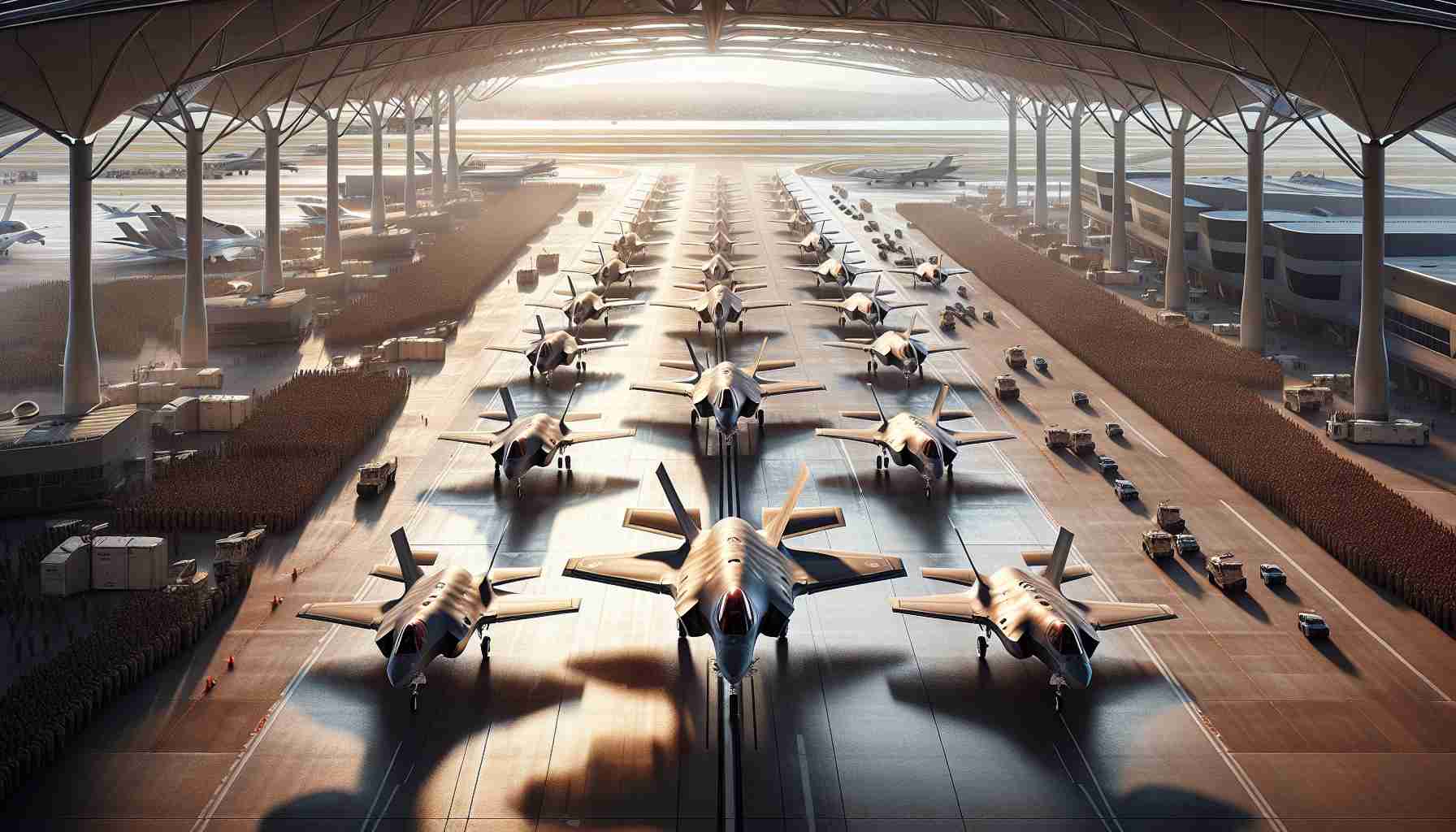The Royal Australian Air Force (RAAF) proudly marks a significant achievement with the completion of its F-35A Lightning II fleet. The delivery of the last nine jets at RAAF Base Williamtown, New South Wales, completes a journey that began in December 2018, with the first two aircraft arriving under a transformative five-year initiative.
Powerful Arsenal: The F-35A Lightning II plays a pivotal role as the core of Australia’s air defence, alongside notable fighters like the EA-18G Growler and the F/A-18F Super Hornets. This cutting-edge aircraft is designed for versatile missions, offering unmatched stealth, state-of-the-art countermeasures, and electronic warfare capabilities, aligning with the 2024 National Defence Strategy.
Upgraded for the Future: The newest arrivals are equipped with Technology Refresh 3, setting the stage for upcoming Block 4 upgrades. These innovations ensure the fleet can tackle evolving global threats, demonstrating Australia’s steadfast dedication to cutting-edge defence technology.
The Chief of Air Force, Air Marshal Stephen Chappell, emphasized the significance of this accomplishment, noting that it showcases the Air Force’s readiness to provide potent air power, efficiently integrated within a broader military strategy.
Domestic Excellence: Notably, the Australian industry has been instrumental in this effort, with over 75 companies contributing more than $4.8 billion in contracts throughout the program. From production to sustainment, local expertise has been essential in fortifying Australia’s defence capabilities.
This milestone establishes the RAAF as a formidable force ready to meet emerging security challenges, ensuring the nation remains secure and resilient.
Australia’s F-35A Lightning II: A Game-Changer with Unseen Capabilities
The completion of the Royal Australian Air Force’s (RAAF) F-35A Lightning II fleet signifies a leap in military aviation and defense. While the importance of this milestone for Australia’s air defense has been discussed, the implications and details regarding the future capabilities and innovations of the F-35A fleet are worth diving into.
Emerging Trends and Cutting-Edge Features:
The F-35A Lightning II stands at the forefront of aerial warfare technology. It integrates next-generation stealth features, allowing it to perform reconnaissance, intelligence gathering, and electronic warfare operations without detection. The aircraft has been designed to outpace potential emerging threats over the next decade, positioning it as a core element in the RAAF’s operational strategies.
Technical Innovations and Upgrades:
Equipped with Technology Refresh 3, the recent batch of F-35As includes hardware and software enhancements that will pave the way for the upcoming Block 4 upgrades. These advancements are crucial not just for maintaining superiority in air defense but also for ensuring seamless integration with allied systems worldwide, enhancing joint operational capabilities.
Strategic Use Cases and Security Implications:
The F-35A Lightning II’s versatile design supports a variety of operational missions, from air superiority and close air support to intelligence, surveillance, and reconnaissance. These capabilities directly contribute to Australia’s comprehensive security strategy, enabling the RAAF to adapt to diverse and dynamic threat environments.
Local Industry Impact and Sustainability:
Significantly, Australian industry plays a critical role in sustaining the F-35 program. Local companies are involved in manufacturing, maintenance, and upgrades, fostering a self-reliant and sustainable defense ecosystem. This involvement ensures that the program remains cost-effective while building local industrial capabilities.
Predictions for Future Operations:
As the global defense landscape evolves, the F-35A fleet is expected to become increasingly indispensable. Its ability to integrate new technologies rapidly ensures that it remains a formidable platform in future high-tech conflict scenarios. With Australia’s commitment to continuous improvement, these aircraft are poised to redefine air operations over the coming years.
For more detailed insights into Australia’s defense strategy and the technologies shaping its future, visit the official Department of Defence website.







